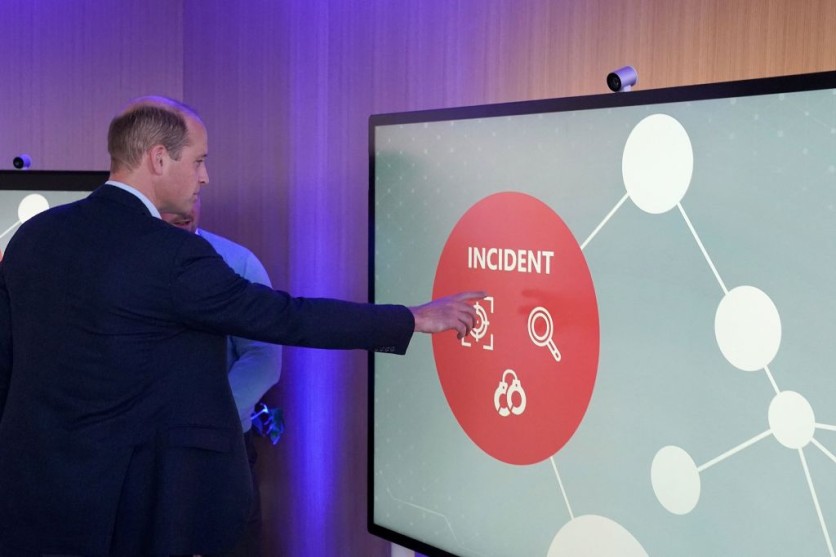Researchers in the US claimed last week that the DALL-E 2 model may have invented its own secret language to communicate about objects.

Intriguing Claim
The DALL-E 2 is a new generation artificial intelligence model that can create images containing text captions, then revert the gibberish captions into its system.
The researchers concluded that DALL-E 2 thinks Vicootes implies "vegetables," while "Wa ch zod rea" alludes to "sea animals that a whale would consume" and ultimately claiming that the model has its own secret language.
DALLE-2 has a secret language.
— Giannis Daras (@giannis_daras) May 31, 2022
"Apoploe vesrreaitais" means birds.
"Contarra ccetnxniams luryca tanniounons" means bugs or pests.
The prompt: "Apoploe vesrreaitais eating Contarra ccetnxniams luryca tanniounons" gives images of birds eating bugs.
A thread (1/n)🧵 pic.twitter.com/VzWfsCFnZo
These claims are intriguing because, if accurate, they could have significant ramifications for the security and interpretability of huge AI models. But do these allegations hold any truth?
Read also : AI to Improve with Vision and Language-New OpenAI's DALL-E 2 is One Promising Technology
It is True?
DALL-E 2 is unlikely to have a "hidden language," according to Aaron J. Snoswell, a researcher of Computational Law & Ai Accountability from Queensland University of Technology,
He wrote in an article published in The Conversation that it has its own vocabulary.
To begin with, verifying claims regarding DALL-E 2 and other huge AI models is difficult at this time because only a few researchers and creative practitioners have used this technology.
Snoswell further explains that any publicly posted photographs (on Twitter, for instance) should be taken with a grain of salt because a human handpicked them from a vast number of AI output images.
However, even those with access are still restricted in their application of these concepts. For instance, users of this model can create and edit images, but they are yet to interact more comprehensively with the AI system, such as by changing the code behind the scenes.
Hence, a lack of "explainable AI" methodologies can answer how these systems work, and systematic examination of their behavior is also challenging.
The Explanation
One possibility that could explain the model is that the "gibberish" sentences are derived from the non-English vocabulary. Apoploe vesrreaitais , for example, which means to conjure images of birds, is related to Apodidae, the scientific name of a family of bird species in Latin.
This appears to be a reasonable answer. DALL-E 2, for example, was trained on a large amount of data scraped from the internet, including many non-English words.
The "hidden language" could potentially be a case of the "garbage in, garbage out" concept in action. Since DALL-E 2 is unable to say "I have no idea what you're talking about," it will always generate an image from the supplied text, as explained by Snoswell.
But Snoswell also said that none of these possibilities are complete explanations for what's going on. For example, eliminating individual characters from gibberish sentences tends to cause extremely particular visual corruption. Individual gibberish words don't always combine to form logical compound visuals, it appears.
Adversarial Attack
Snoswell noted that this issue is important because the possibility of an AI model's secret language could constitute an "adversarial attack" against a machine's learning-based system.
This attack is a means to deliberately choose inputs that the AI doesn't manage well to break the system's intended action.
Adversarial attacks are troubling because they call into question our trust in the AI model. If the AI analyzes gibberish phrases incorrectly, it may also inaccurately interpret meaningful words.
Snoswell said that are security risks that come with adversarial attacks. DALL-E 2 uses a "secret language" of gibberish phrases to prevent users from creating damaging or abusive content. However, users may be able to get around the filters.
This article is owned by Tech Times
Written by Joaquin Victor Tacla
ⓒ 2025 TECHTIMES.com All rights reserved. Do not reproduce without permission.




